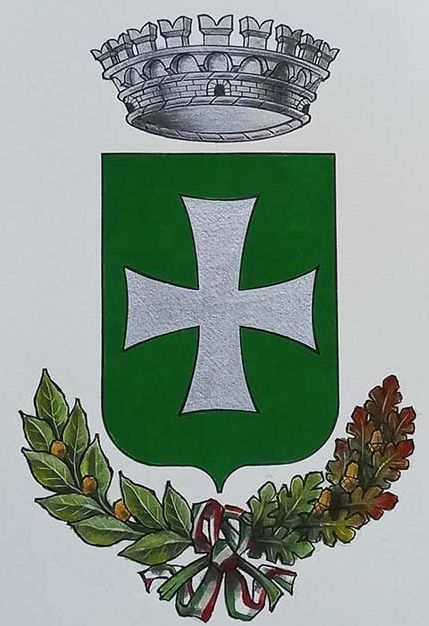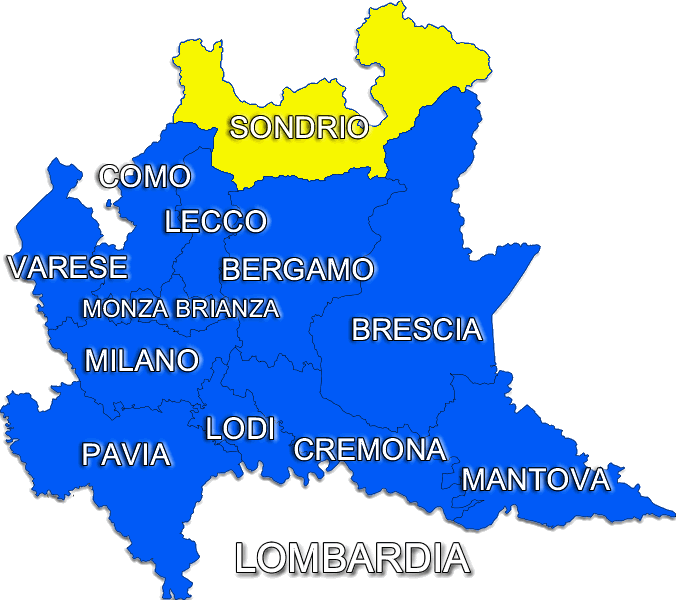[Note: The smaller Valchiavenna is most often considered a part of the Valtellina. Officially, the region is called Sondrio; after it's capitol and largest city. This translation may have unintentional errors.]
'Emigration from the Valtellina and Valchiavenna'
Published by the Istituto Comprensivo di Ponte in Valtellina
The migration was characterized by the behavior of the emigrants from Valtellina and Valchiavenna whom adapted to any craft. Under the pressure of this phenomenon were formed religious and immigrant associations and offices for the assistance of workers abroad. The provincial department of labor and emigration in Tirano took care of the services of everyone regardless of the religion or politics of would-be emigrants who were demanding information on countries of destination, working conditions, wages, climate, and accommodation.
The temporary decline of migratory flow was due to several factors: first of all the workers almost always returned to their place of origin, and secondly the U.S. introduced various restrictive measures for workers coming from the Mediterranean area. From 1890 to 1940, however, 70% of the Italians who emigrated to Australia came from the mountain provinces of Piedmont, Lombardy and Veneto; and between 1890 and 1930 the migration to Australia included some 15,000 peole from the Valtellina.
 |
| Arms of Mazzi di Valtellina |
The countries in which these villagers were sent were the United States, Argentina, Australia and Brazil. Canada, as well as Urugray, accepted a lessor number. Argentina made broad concessions on easing visa and consular concessions. They always favored the influx of workers because, above all, the great labor requirements included mostly farm work. On the other hand, the Valtellinese and Italians preferred this country both for its climate and for its language. In Australia, however, many of them left the mines in which they pledged initially, to devote themselves to building roads and railways. Their overriding goal was to amass funds in order to carry on agriculture and livestock.
Many migrants managed to purchase property or rent land for farming. Many villagers opted for emigration to the U.S. where they worked in factories, on farms, or wine-growing plantations of California. It is from here that workers from Valtellina and Valchiavenna brought home big nest eggs. Among the emigrants, not everyone was an honest worker in search of better luck. Somtimes among them were draft dodgers, or people with criminal records who were leaving illegally.
Provincial authorities often took care of problems related to migration. They sought to thwart foreign labor recruiters who too often unscrupulous businessmen operating in neighbouring Switzerland (Poschiavo Valley, and the Ticino) and acting as agents for companies. Their actions, considered a hindrance by the Italian authorities because it was done upon honest people by profiteering interests. This induced the Prefect of Sondrio to raise awareness among municipal authorities, for they contrasted the propaganda activities of these agents. Abducting their propaganda material would prevent their entrance into Italy, as they finally gained control of the labor situation between Italy and Switzerland.
The latter measures were also taken because, among the large groups of emigrants who journeyed from Poschiavo to ports of northern Europe, there were many from the area of Valtellina. Even the press was sensitive to the migration phenomenon and operated to give advice concerning the necessary passports, the requirements of foreign countries, etc. One study, which examined in depth the causes and nature of migrations, was held in Valtellina by the journal 'L'Operaio' di Berna. G. Bianchi published the results of the study in a newspaper from Valtellina called 'La Montagna'
Also, an organized a series of conferences were held in the main centres of the province; and two congresses regarding emigration were held in Tirano in 1904 and 1913. The second with more than 500 participants. During the second meeting---chaired by Rinaldo Piazzi, the Mayor of Ponte in Valtellina---two major issues were discussed. One consisting of the diseases affecting villagers, and the other being organizing an evening office facility for prospective emigrants in Grosio.
.


No comments:
Post a Comment